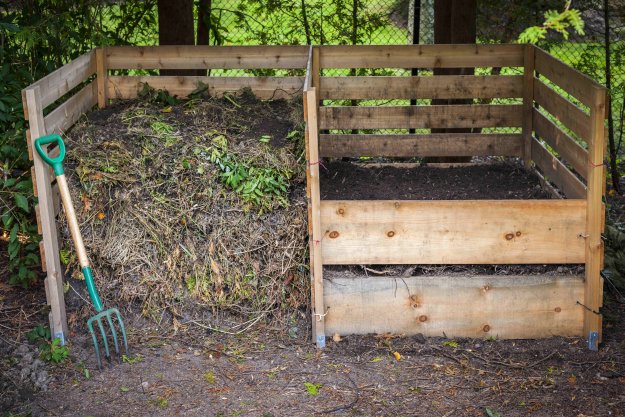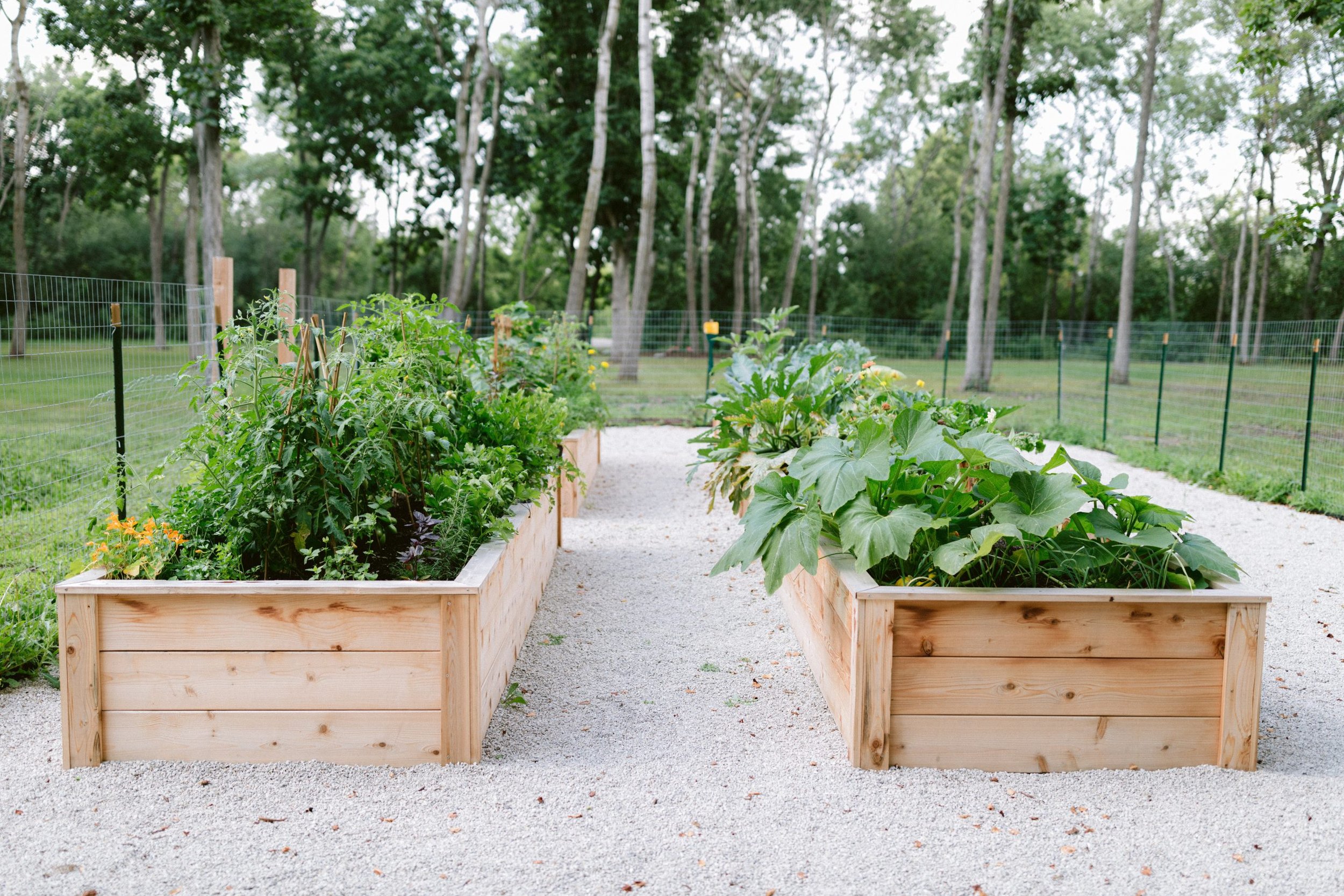Everything You Need to Know About Homestead Gardening
Everything You Need to Know About Homestead Gardening
Blog Article
Discover Vital Tips for Effective Gardening Techniques and Practices
Gardening, usually seen as a basic pastime, includes a variety of techniques and methods that can dramatically influence the result of your initiatives. By focusing on important aspects such as dirt health, effective watering methods, and appropriate plant selection, gardeners can produce a growing community that supports lively development. In addition, understanding the nuances of insect administration and seasonal upkeep can better boost performance. Yet, lots of fanatics forget important information that can make or damage their horticulture success-- discovering these forgot facets might expose the secret to cultivating a growing garden.
Understanding Dirt Health
Dirt health and wellness is a fundamental facet of successful horticulture, as it directly affects plant growth, nutrient accessibility, and ecosystem equilibrium. Healthy dirt is characterized by an abundant biodiversity of microorganisms, raw material, and a well balanced pH level, which with each other create a setting conducive to plant growth.
To understand dirt health, one need to consider its physical, chemical, and organic properties. The structure and framework of soil influence its ability to preserve dampness and nutrients, while the chemical composition figures out the availability of necessary elements like potassium, phosphorus, and nitrogen. Regular soil screening is crucial to evaluate these variables, allowing gardeners to make educated choices regarding amendments and fertilizers.
Moreover, promoting biological activity within the dirt is essential for maintaining its health. Practices such as composting, crop rotation, and using cover plants can boost microbial variety, boost nutrient biking, and reduce soil erosion. By prioritizing soil health and wellness, gardeners not just enhance plant development however additionally add to a lasting ecological community, ensuring that their gardening practices are environmentally responsible and resilient over time.
Effective Watering Techniques
Ensuring that plants receive the ideal quantity of water is essential for their wellness and development, especially when combined with a solid foundation of dirt wellness (Homestead Gardening). Reliable sprinkling methods can considerably impact plant vitality, lowering water wastefulness and advertising optimal development
One essential method is deep watering, which urges roots to grow much deeper into the dirt, improving dry spell resistance. This method generally entails sprinkling less regularly but in bigger quantities, permitting wetness to penetrate the origin zone completely. Timing is also critical; early morning is the ideal time to water, as it lessens evaporation and enables vegetation to dry throughout the day, decreasing condition risks.
In addition, employing compost can aid keep dirt wetness and manage temperature, additional aiding effective sprinkling practices. Using a drip watering system can also supply targeted moisture directly to the origins, ensuring that water reaches where it's most required while preserving resources.
Monitoring rainfall and dirt dampness levels can assist changes in your watering schedule, guaranteeing plants obtain consistent hydration without over-saturation. By adopting these efficient sprinkling strategies, gardeners can promote a successful setting for their plants to flourish.
Plant Choice and Positioning
Just how can the appropriate plant selection and tactical placement change a yard into a flourishing environment? The harmony in between plant selections and their positioning is crucial for producing a vivid garden. When selecting plants, consider elements such as climate, soil type, and sunlight direct exposure. Indigenous varieties are often the most effective option as they are adapted to regional problems and call for less maintenance.
Strategic positioning entails setting up wikipedia reference plants according to their development practices and requirements. Taller plants must be positioned at the back of boundaries to avoid shielding shorter plants. Additionally, grouping plants with comparable water and light demands can enhance their growth and lower competitors for resources.
Incorporating a variety of plants not only adds visual charm but additionally advertises biodiversity, drawing in advantageous insects and pollinators. Take into consideration the seasonal modifications in your garden; pick a mix of perennials, evergreens, and annuals to make certain year-round rate of interest.
Lastly, bear in mind to examine the mature dimension of plants before growing to avoid congestion and guarantee ample air flow. Thoughtful plant selection and calculated placement produce a harmonious atmosphere, permitting your garden to prosper while reducing obstacles.
Bug and Condition Administration
Reliable insect and condition management is necessary for maintaining a healthy and balanced yard community - Homestead Gardening. An aggressive approach, integrating social, biological, and chemical methods, visit site can significantly decrease the influence of pests and illness on your plants

Organic controls, such as presenting beneficial insects like ladybugs or aggressive mites, can maintain bug populaces in check without damaging the environment. In addition, keeping plant health through proper watering, fertilization, and trimming will certainly bolster their resilience against illness.
When treatment is necessary, choose targeted chemical therapies, making sure to comply with application guidelines to decrease damage to non-target microorganisms. Constantly prioritize lasting methods, as they advertise lasting yard wellness and eco-friendly equilibrium. By incorporating these methods, garden enthusiasts can successfully handle diseases and pests, ensuring growing plants and an effective yard.

Seasonal Upkeep Practices
In spring, focus on dirt preparation by screening pH levels and adding needed changes. Routinely evaluate emerging plants for illness and pests.
As summertime methods, make certain appropriate irrigation while checking for indications of my response stress and anxiety or illness. Trim back thick plants to urge air flow and reduce humidity around vegetation. This method not just enhances plant wellness but likewise promotes flowering and fruiting.
With the arrival of fall, it's time to prepare for winter months. Clean up dropped leaves and particles to stop parasite infestations, and take into consideration planting cover crops to improve dirt health and wellness. This period is additionally optimal for separating perennials and planting spring-flowering bulbs.
Verdict
Successful gardening depend upon the integration of sound methods in dirt health, watering, plant choice, bug management, and seasonal maintenance. By prioritizing dirt screening and microbial variety, employing efficient sprinkling approaches, and selecting suitable plants, garden enthusiasts can develop growing communities. Furthermore, aggressive parasite management and diligent seasonal upkeep contribute substantially to total yard vigor. Welcoming these strategies fosters a productive and sustainable gardening environment, guaranteeing growing development and durability throughout the altering periods.
By focusing on vital aspects such as soil health, reliable sprinkling techniques, and suitable plant selection, garden enthusiasts can produce a successful community that supports vivid development. By prioritizing dirt wellness, gardeners not just optimize plant development however also add to a lasting community, ensuring that their horticulture methods are environmentally liable and durable over time.
Taller plants ought to be positioned at the back of boundaries to prevent shielding shorter plants. Tidy up fallen leaves and particles to avoid pest problems, and consider growing cover crops to improve soil wellness.Successful gardening joints on the integration of audio practices in soil wellness, watering, plant choice, parasite administration, and seasonal upkeep.
Report this page